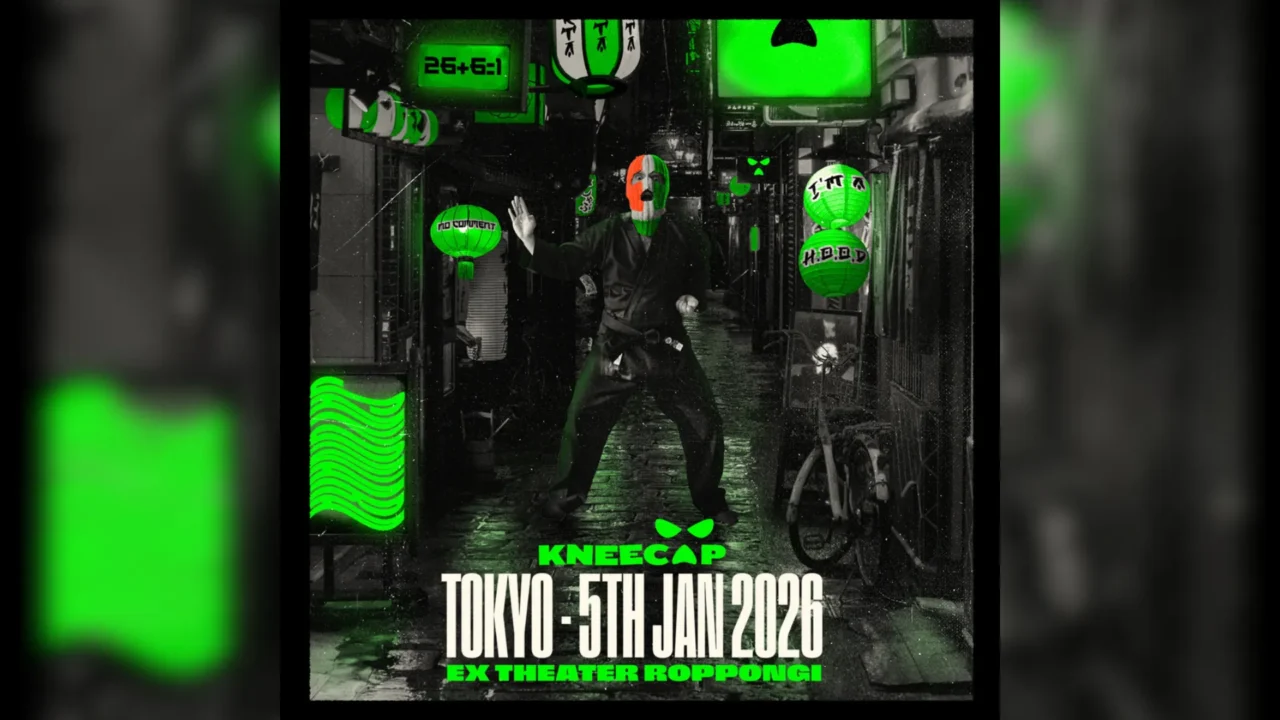INDEX
Metafictional Depictions of the Dilemmas in Fact-Based Stories
There are other memorable, if less direct, moments that expose the film’s “cinematic” nature for what it is. One is a scene in which Cossiga goes to a mental ward based on uncertain information that Moro is being held in a certain place. Naturally, the information is false, and Cossiga is deeply disappointed. However, he is himself becoming mentally unbalanced, and his insistence on searching every possible “point of view” leads him to a kind of impasse, where he cannot rationally rule out all possible narrative patterns that the emergency situation of Moro’s incarceration may cause. He is forced into a kind of impasse.
This is a sequence that symbolically represents the dilemma of Bellocchio himself, a storyteller and filmmaker of later years, who, no matter how many documents and opinions he collects about the real incident, is faced with the dilemma that a “story” depicting the absolute and only truth cannot be established in principle. The film is a symbolic representation of Bellocchio’s own dilemma.

The most suggestive sequence for considering such a complicated point is the series of episodes in Act V, in which an elderly sister provides information to Eleonora and “reveals” her story (according to Bellocchio, these episodes are not “reconstructions” but rather complete creations). ). The old sister first claims that she “saw with her own eyes a blindfolded Moro being carried into a building by a group of young men. Eleonora is perplexed by this story, but goes to the building, hoping for a glimmer of hope. However, what unfolds there is a film being shot by a theater professor and his students, dressed as Moro and the members of the “Red Brigade,” in the guise of an exercise.
This seemingly superfluous and unrelated episode is the decisive device that reaffirms that the sequence of images we are now witnessing is nothing other than a reconstructed story, just like the film in the play (*). (*) Berocchio is always vigilantly watching for an opportunity to shake the tautological proposition shared between the filmmaker and the audience, namely, that “a story based on facts is based on facts,” and to unleash the inherent potential of the film.
The title of this film, “Esterno notte,” is also a term used to refer to night location shooting during film production.
























